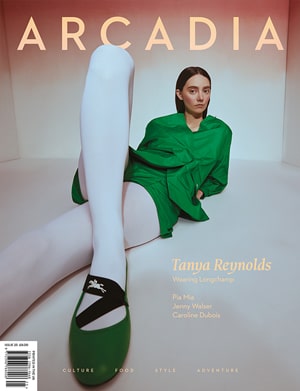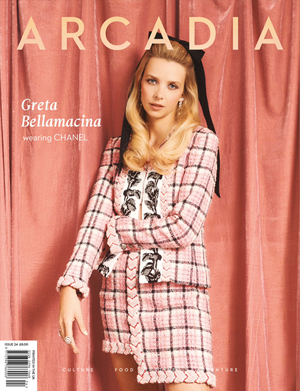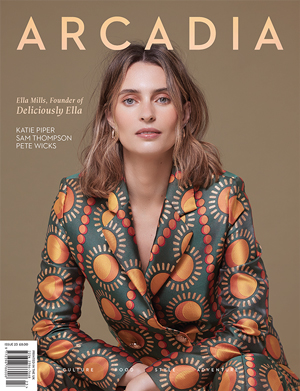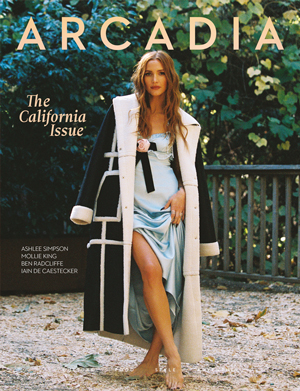Choosing what to wear for various situations can feel overwhelming, especially when trying to balance personal style, practicality, and social expectations. Whether it’s a job interview, a family gathering, or a casual weekend with friends, dressing appropriately communicates more than we often realize. Clothes can signal respect, mood, confidence, and adaptability. This article will help you understand how to navigate different dress codes and contexts with confidence, using simple principles and examples. It will also explore how certain staples—like family Christmas jumpers—can add a seasonal touch to your wardrobe without compromising comfort or unity.
Understanding the Role of Clothing in Social Contexts
Before diving into specific scenarios, it’s essential to recognize that clothing acts as a non-verbal form of communication. For example, professional attire signals competence and seriousness, while relaxed clothing tells others you’re in a comfortable and informal setting. This doesn’t mean you have to follow fashion trends closely—it’s more about aligning your outfit with the tone of the event. Social norms differ across cultures and communities, but they often follow similar expectations when it comes to formal, semi-formal, or casual attire.
Typical Situations and How to Dress for Them
Let’s break down common occasions and what is typically expected in terms of clothing. The table below summarizes common settings and recommended outfits:
| Situation | Recommended Attire |
| Job Interview | Button-up shirt/blouse, tailored pants or skirt, blazer, closed shoes |
| Wedding (guest) | Dress or suit, elegant shoes, minimal but tasteful accessories |
| Casual Day Out | Jeans or chinos, T-shirt or polo, sneakers or loafers |
| Family Christmas Gathering | Cozy sweater, jeans or leggings, family Christmas jumpers for a coordinated look |
| Business Casual Office | Collared shirt, khakis or slacks, flats or smart shoes |
| Formal Dinner Event | Cocktail dress or suit, dress shoes, possibly a tie or clutch bag |
| Outdoor Picnic | Comfortable pants, layered tops, sneakers, sunhat or cap |
This table offers a broad guideline rather than strict rules. For instance, job interviews in creative industries might tolerate more expressive attire, while those in finance or law tend to lean towards conservative clothing. One notable seasonal example is holiday events, where family Christmas jumpers not only fit the festive mood but also enhance the sense of unity and warmth. These themed pieces blend informality with emotional value, making them an excellent pick for relaxed, joyful gatherings.
Key Factors to Consider When Choosing Clothes
When preparing an outfit for a specific situation, several core factors should be kept in mind to avoid discomfort or appearing out of place. Below is a bulleted list of key considerations:
- Weather Conditions. Layer your clothing if the temperature is uncertain. Consider breathable materials for summer and insulated fabrics for winter.
- Level of Formality. Match your clothing to the tone of the event. Don’t overdress or underdress unless the context allows for playful deviation.
- Duration of the Event. If you’ll be on your feet for long hours, consider footwear that provides both style and support.
- Cultural or Religious Sensitivities. Be mindful of modesty expectations or dress codes, particularly in traditional ceremonies.
- Venue and Activity. Are you sitting indoors, walking outdoors, or dancing all night? Let the environment inform your choices.
- Personal Expression. While it’s important to fit in, don’t lose your individuality. Add personal touches with color, texture, or accessories.
These points form the core logic behind dressing well for any situation. For example, weather might dictate your footwear or outerwear, but formality defines the silhouette of your outfit. A picnic might permit a loose T-shirt and sandals, whereas a semi-formal dinner requires refined lines and darker colors. These elements, when considered together, help you feel confident in any setting.
Balancing Comfort with Presentation
One of the biggest mistakes people make is focusing only on how clothes look, ignoring how they feel. If an outfit is too tight, too stiff, or too revealing for your comfort level, it will likely distract you and affect your behavior throughout the day. Comfort doesn’t mean dressing lazily—it means choosing fabrics that allow you to move freely and styles that support your mood and body shape. For example, a well-fitted pair of trousers and a light blazer can make you look professional without sacrificing comfort.
It’s also important to plan. If you’re unsure about an event’s formality, it’s safer to slightly overdress and tone it down with accessories or layering. For example, bringing a cardigan over a sleeveless dress gives you flexibility depending on how others are dressed or how the temperature shifts.
Special Consideration: Seasonal and Themed Clothing
Seasonal clothing—especially during holidays—adds charm and emotional value to family or social events. During Christmas, it’s not uncommon to see coordinated outfits like family Christmas jumpers becoming the centerpiece of festive gatherings. These pieces don’t just keep you warm—they act as conversation starters, create visual harmony in photos, and reflect a shared sense of humor or tradition. Unlike formal wear, these jumpers allow everyone from children to grandparents to feel involved and celebrated without worrying about “fashion rules.”
Themed attire can be especially effective for relaxed settings, as it signals openness and participation. Whether it’s a Halloween costume party or a Valentine’s Day dinner, dressing for the occasion shows engagement and thoughtfulness. Just ensure you’re not the only one doing it—or check in advance that others are on board.
Dressing with Purpose and Awareness
The clothes you choose are rarely neutral. They tell stories about your personality, your respect for the situation, and your awareness of context. Dressing well for different situations doesn’t require expensive clothes or a high fashion sense—it requires thoughtfulness. When you understand the signals clothes send and match your outfit to the tone, place, and people involved, you enhance your presence without saying a word. In a world where first impressions matter and personal expression is valued, taking the time to plan your wardrobe isn’t vanity—it’s a form of everyday strategy.







